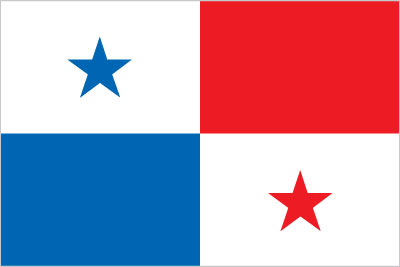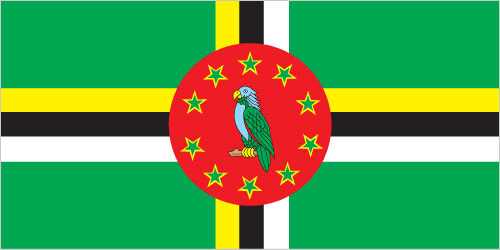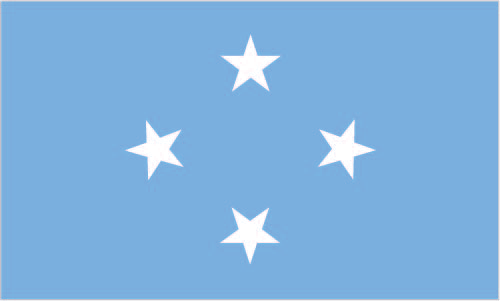
Flag of Panama
Panama celebrates Independence Day. Originally settled by the Spanish, Panama in 1821 was part of the Republic of Gran Colombia. Today’s Colombia, Venezuela, and Ecuador were also included in the Republic. In 1831 the Republic of Gran Colombia disintegrated, and Panama remained part of Colombia. In 1903 Panama broke away from Colombia and formed its own government. Slightly smaller than the state of South Carolina, Panama has a tropical climate. Its population exceeds three million, and the country depends on revenue from the Panama Canal. Panama City is the capital. Farmers in Panama grow a number of crops, including bananas, cocoa, and coffee. Children can learn more at: Panama.

